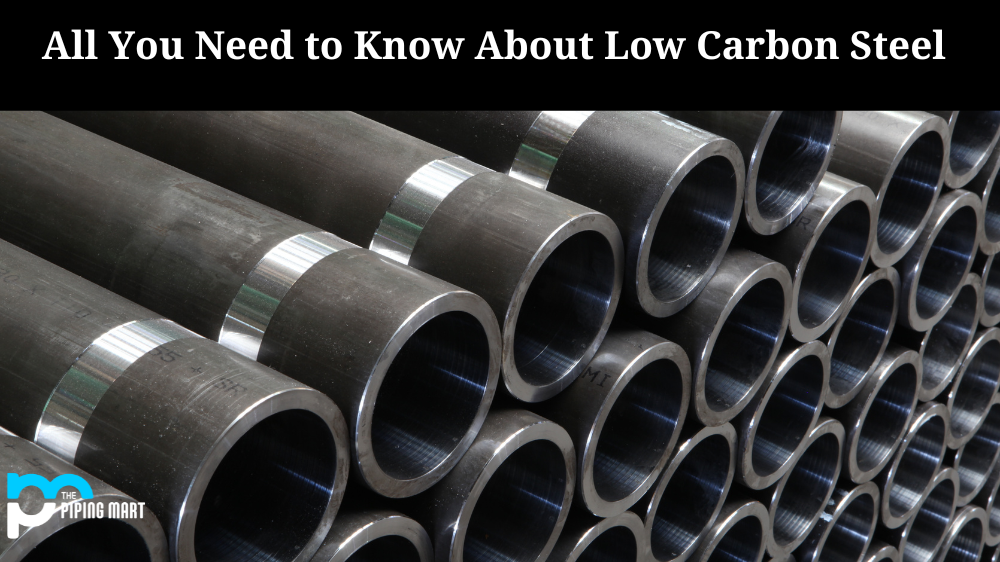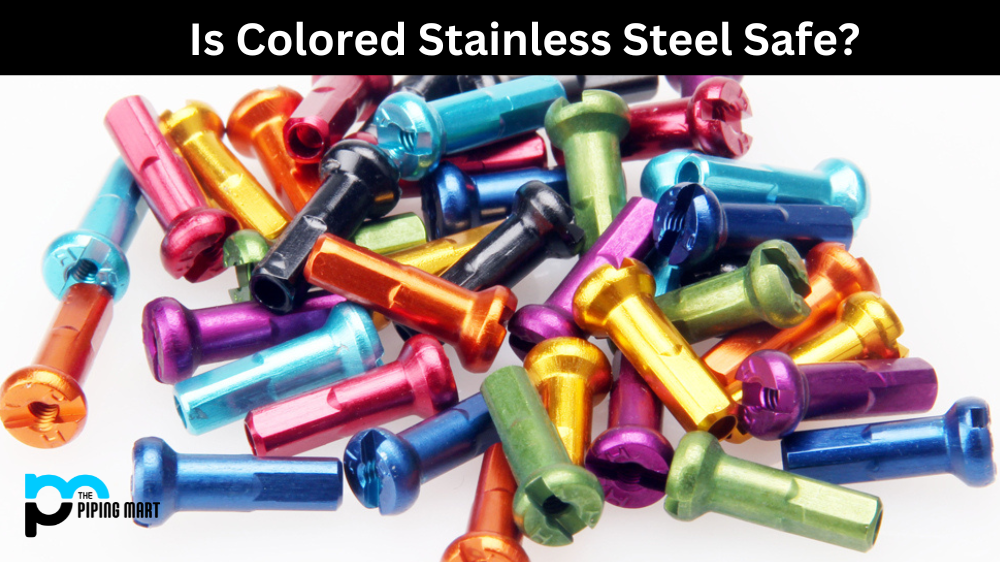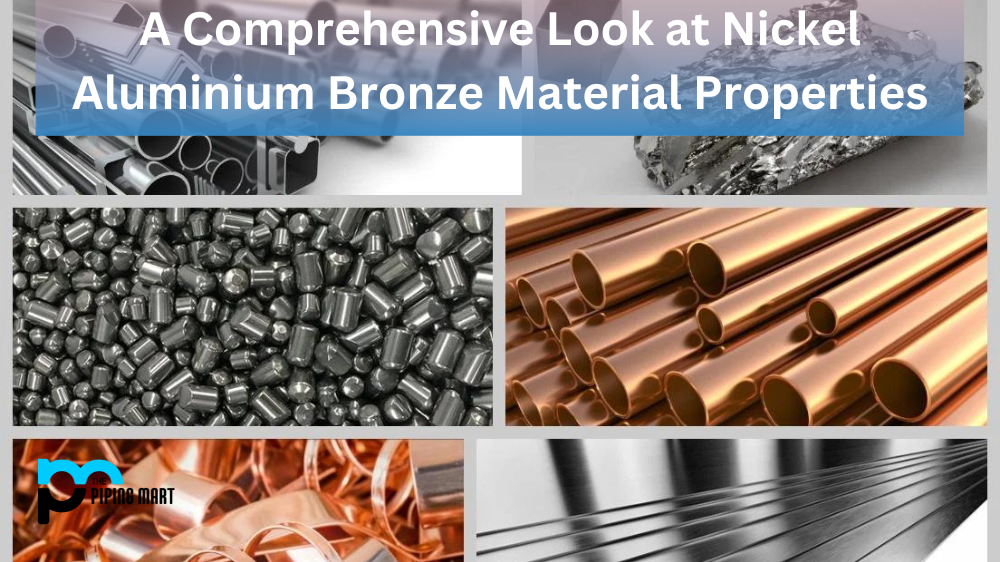Low-carbon steel is an incredibly versatile material used in various applications. Its low carbon content makes it easy to work with, and it forms many different shapes and sizes. This type of steel also has a wide range of properties, including strength, flexibility, ductility, and machinability. In this article, we’ll take a closer look at the properties and uses of low-carbon steel.
Low Carbon Steel Properties
Low-carbon steel contains up to 0.3% carbon by weight. This makes it highly malleable and strong yet still lightweight enough to use in many applications. The material is also highly resistant to corrosion due to its low levels of alloying elements such as chromium, nickel, or molybdenum. Another advantage of low-carbon steel is its high tensile strength; it can withstand higher stresses without breaking or stretching too much compared to other types of steel. Additionally, its melting point ranges from 1,500-1,700°F (816-927°C), making it suitable for welding and forging processes at lower temperatures than other steels require.
Low Carbon Steel Uses
Low-carbon steel has a wide range of uses due to its superior properties and versatility. It is commonly used in construction for structural components such as beams and columns and car frames and bodies. It can also be found in kitchenware items like pots and pans because it is both lightweight and durable enough for daily use over an extended period of time without being prone to rust or damage. Furthermore, since low-carbon steel can be easily formed into shapes through forging processes at relatively low temperatures compared to other materials, it is also often found in the manufacturing industry for parts that need consistent shape retention despite being exposed to heat or stress over time.
Conclusion:
Low carbon steel is an incredibly useful material that offers superior properties such as strength, malleability, machinability, corrosion resistance, flexibility, ductility, and more while having a relatively low melting point compared to other steels suitable for welding and forging processes at lower temperatures than most other materials require. Its versatility allows it to be used in various industries, from construction to kitchenware items like pots and pans to car frames or bodies, through manufacturing, where parts require consistent shape retention despite being exposed heat or stress over time. If you’re looking for a reliable material that works great for your project needs, consider using low-carbon steel!

Abhishek is a seasoned blogger and industry expert, sharing his insights and knowledge on various topics. With his research, Abhishek offers valuable insights and tips for professionals and enthusiasts. Follow him for expert advice on the latest trends and developments in the metal industry.




